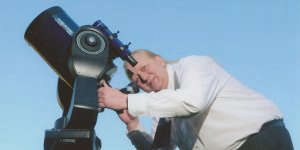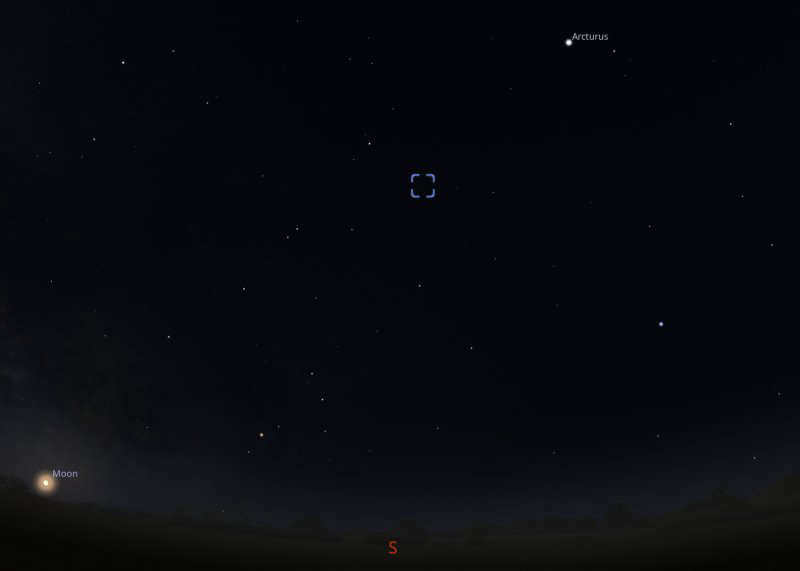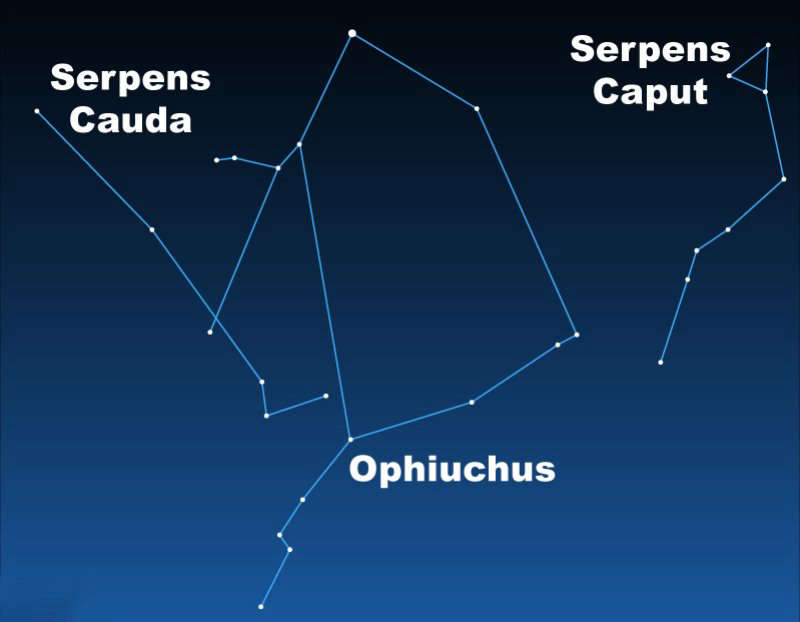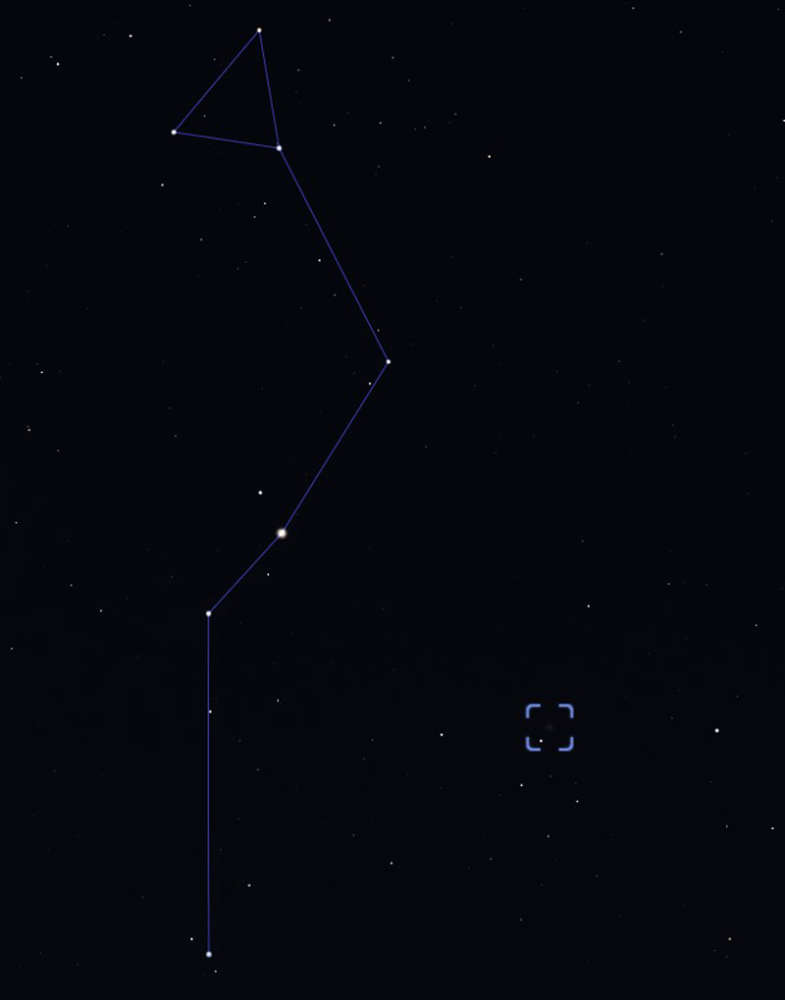
Monday 12th to Sunday 18th May 2025
Whenever astronomers talk about globular clusters, that can contain thousands to millions of stars bound together by mutual gravity, they always refer to the Great Globular Cluster in Hercules, also known M13 in the Charles Messier catalogue. There are other nice examples though and one in particular is well-placed in the night sky at the moment - M5 in the constellation of Serpens "The Snake".
If you aim your telescope towards the south around

The cluster can be a little tricky to find. Firstly, the constellation of Serpens is unusual because it is split into two halves. The right hand part of the constellation goes by the wonderful name of "Serpens Caput". M5 is to the right of this, just above the star "5 Serpens".


The cluster was first observed as a fuzzy blob by German astronomer Gottfried Kirch while he was tracking a comet back in 1702 and Charles Messier added it to his list in 1764 so he wouldn't get fooled during his own comet-hunting activities. It wasn't until 1791 that the astronomer William Herschel identified individual stars within the cluster and counted 200 of them. The cluster is about 24,000 light years from us and heading away at a speed of 50Km/s. Although that sounds fast, in astronomical terms it isn't, so you'll be able to observe the cluster for a good few million years yet!

www.starsoversomerset.com
Screenshots courtesy of Stellarium
Copyright Adrian Dening and Radio Ninesprings 2025

 Winter Coat Scheme
Winter Coat Scheme
 Recycling
Recycling
 Ilminster Local Plan
Ilminster Local Plan
 Hate Crime
Hate Crime
 False Fire Alarms
False Fire Alarms
 Dog DNA
Dog DNA








